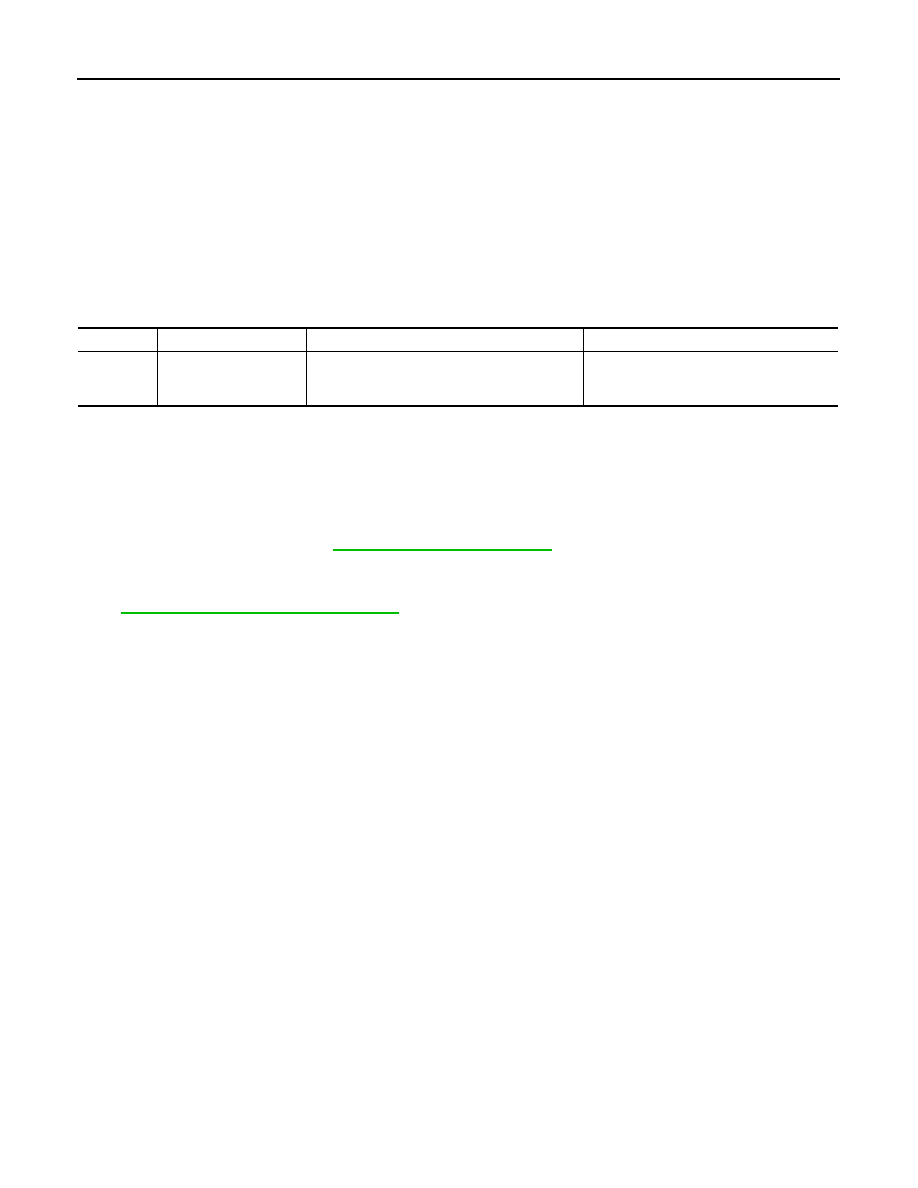Infiniti QX56 (JA60). Manual - part 412

EC-300
< COMPONENT DIAGNOSIS >
[VK56DE]
P1211 TCS CONTROL UNIT
P1211 TCS CONTROL UNIT
Description
INFOID:0000000005149342
The malfunction information related to TCS is transferred through the CAN communication line from “ABS
actuator and electric unit (control unit)” to ECM.
Be sure to erase the malfunction information such as DTC not only for “ABS actuator and electric unit
(control unit)” but also for ECM after TCS related repair.
On Board Diagnosis Logic
INFOID:0000000005149343
Freeze frame data is not stored in the ECM for this self-diagnosis.
The MIL will not light up for this self-diagnosis.
DTC Confirmation Procedure
INFOID:0000000005149344
TESTING CONDITION:
Before performing the following procedure, confirm that battery voltage is more than 10.5 V at idle.
1. Start engine and let it idle for at least 60 seconds.
2. Check 1st trip DTC.
3. If 1st trip DTC is detected, go to
Diagnosis Procedure
INFOID:0000000005149345
Go to
BRC-23, "CONSULT-III Function (ABS)"
DTC No.
Trouble diagnosis name
DTC detecting condition
Possible cause
P1211
1211
TCS control unit
ECM receives a malfunction information from
“ABS actuator electric unit (control unit)”
• ABS actuator and electric unit (control
unit)
• TCS related parts